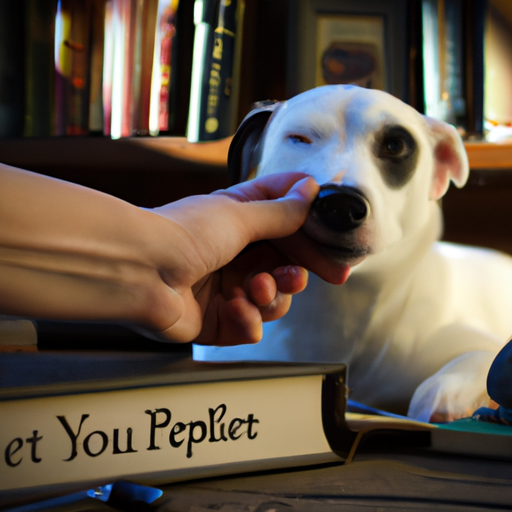Understanding Aggression in Dogs
No matter how much we love our furry friends, there are times when their behavior can be challenging. Aggression in dogs can manifest in several ways, such as growling, snarling, snapping, or biting. Remember, you’re not alone in this. Thousands of dog owners go through similar experiences.
There are several reasons why dogs become aggressive. It could be due to fear, frustration, or even a medical condition. Understanding the cause is the first step in addressing the problem.
- Fear: Dogs often show aggression when they feel threatened or scared.
- Frustration: If your dog can’t get what it wants, it may show aggression. This is known as ‘frustration-elicited aggression’.
- Medical conditions: Sometimes, pain or discomfort can cause your dog to behave aggressively.
The Role of Socialization and Training
One of the most effective ways to prevent aggressive behavior in dogs is through proper socialization and training. You can start by exposing your dog to different people, places, and experiences while they’re still young.
- Early socialization: Introduce your puppy to different environments, people, and other animals. This helps them become more comfortable in various situations.
- Basic obedience training: Train your dog to follow basic commands like ‘sit’, ‘stay’, ‘come’, and ‘leave it’.
- Professional training: If necessary, consider seeking help from a professional dog trainer or behaviorist.
Medical Check-ups and Healthy Lifestyle
It’s crucial to rule out any underlying health issues that could be causing aggressive behavior in your dog. Regular vet check-ups are essential to ensure your dog’s overall health and wellbeing.
| Health Check | Frequency |
|---|---|
| General Checkup | Every Year |
| Dental Checkup | Every 6 Months |
| Vaccinations | As Recommended by Vet |
Furthermore, a balanced diet and regular exercise can significantly impact your dog’s behavior. Ensure your dog gets plenty of physical activity to release pent-up energy that could otherwise lead to aggression.
Effective Communication with Your Dog
Communicating effectively with your dog can help address aggressive behavior. Pay attention to your dog’s body language and learn to recognize the signs of aggression. Try to reassure and calm your dog in stressful situations.
- Positive reinforcement: Reward good behavior with treats, praises, or petting.
- Avoid punishment: Physical punishment can make aggression worse. Instead, use time-outs or withhold rewards for bad behavior.
Seeking Professional Help
If your dog’s aggressive behavior continues despite your efforts, it might be time to seek professional help. A professional dog behaviorist can provide a comprehensive approach to managing aggression and can tailor a plan specific to your dog’s needs.
FAQ
Q: My dog is only aggressive with certain people, why is that?
A: It could be due to a lack of socialization or a past negative experience. It’s important to identify the trigger and work on it.
Q: Can I train aggression out of my dog?
A: Yes, with consistent training and patience, you can manage aggressive behavior. However, in severe cases, professional help might be necessary.
Q: How can I prevent my dog from becoming aggressive?
A: Early socialization, consistent training, a healthy lifestyle, and effective communication can help prevent aggression in dogs.
Q: Is aggression more common in certain breeds?
A: While some breeds may be more prone to aggression, it’s more about individual temperament and experiences than breed.
Remember, dealing with an aggressive dog can be stressful, but with patience, understanding, and the right guidance, you can help your dog become a happy and well-adjusted member of your family.



